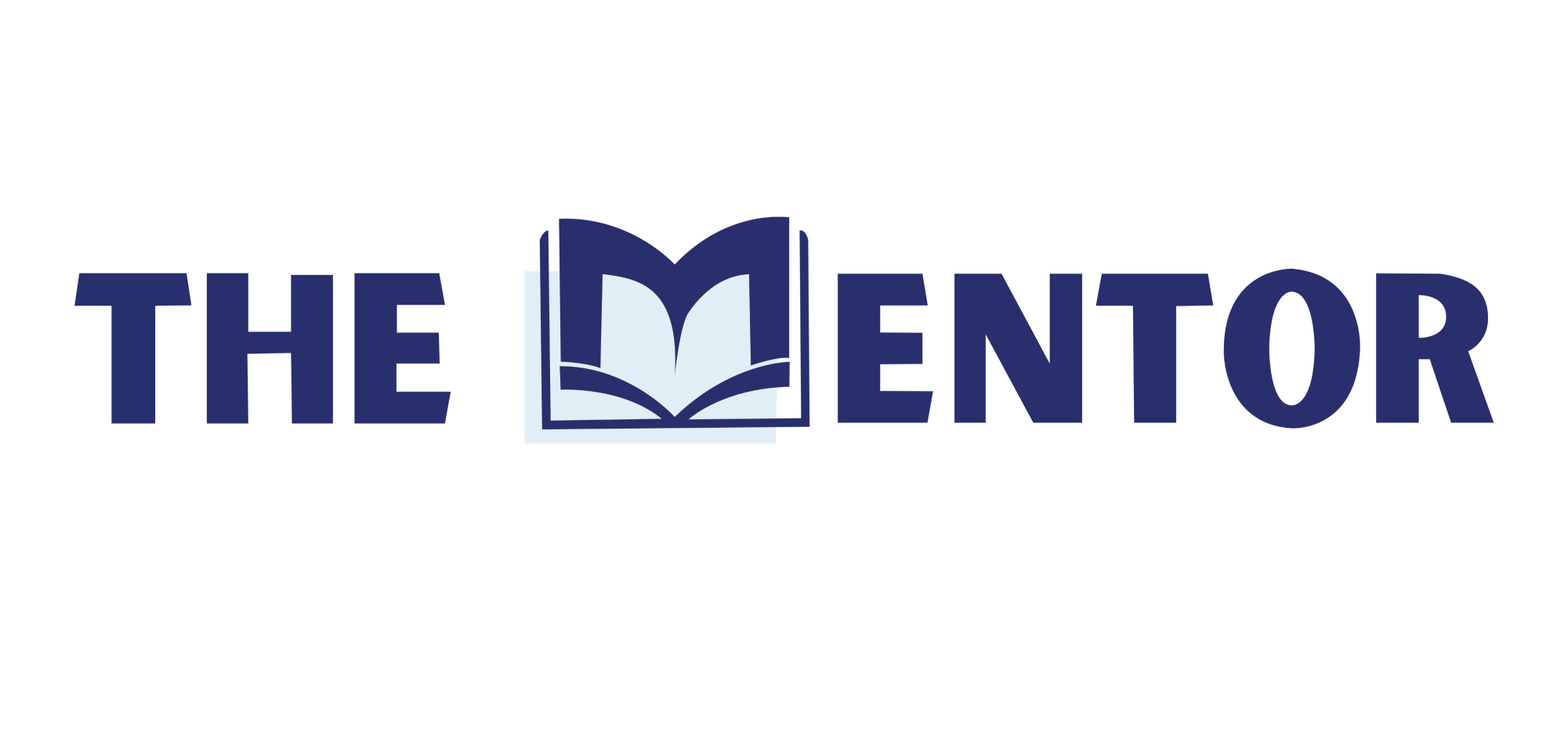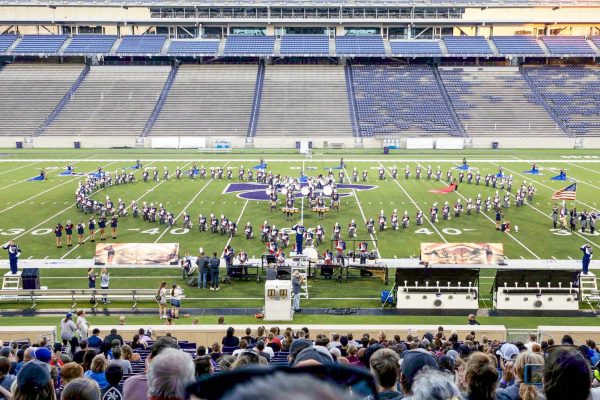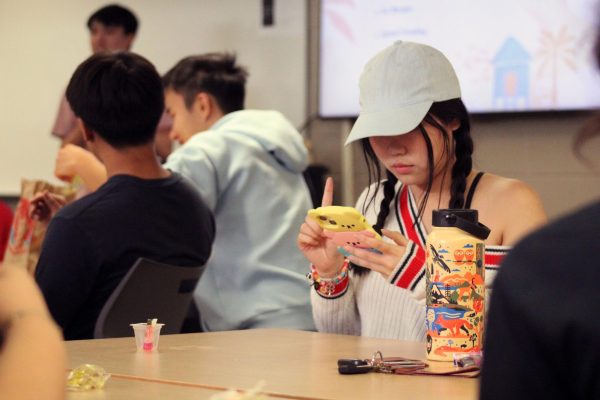Manhattan students participate in Wamego Science fair
Three Manhattan students qualified for the state science fair in Wichita after competing in the Wamego Science fair on Saturday.
Senior Alexis Schlieper entered the event through the University Level Research Mentorship class. Sophomores Ashi Wickramasundara and Abdullah Rasheed also entered on their own prerogative.
Schlieper presented her project “Evaluation for Proposed Breakpoint of Enrofloxacin Against Swine Respiratory Disease,” as an early approach to veterinary science, the career she hopes to enter.
“I wanted to be a vet for a really long time and I got into the research class because I thought it would be a fun way to explore some of the other fields that getting a vet degree can offer,” Schlieper said. “And this research was something that could help improve animal’s lives and actually affect veterinary medicine and I would be doing that as a high school student.”
In his project “Creating the most accurate chest X-Ray Interpretation Deep Learning Algorithm by Eliminating Human Error,” Rasheed looked at a data set of 112,120 chest X-Rays to maximise understanding of human chest X-Rays using an deep learning algorithm.
“The big idea is that I created an algorithm that arranges the Neural Network, a deep learning algorithm which stimulates human learning in structure which would maximise learning efficiency,” Rasheed said. “I was able to yield a 99.7% overall accuracy, which was shown to be higher than currently existing research models and specified algorithms with this data set.”
Rasheed worked mostly on his own, but showed his project to Doina Caragea, a professor of Artificial Intelligence at Kansas State.
Wickramasundara’s project involved environmental protection. In “Immobilization of Trace Elements in Wastewater Using Plant Microbial Fuel Cells,” she explained how energy companies could reduce their carbon footprint and water pollution by storing trace elements in soil. According Wickramasundara, the knowledge gained isn’t something that can be adopted immediately, but has the potential to be beneficial in the future.
“What I’m doing is I set up a system with soil as well as plants, and microbial fuel cells… work[ing] to enhance the sequestration of those trace elements… pretty much taking those trace elements keeping it in the soil contained into one small area, compared to in water or the air which means that it can spread,” Wickramasundara said. “It’s the beginning of something you could do… but I think it has very promising results,”
Students get a lot more out of participating than just winning an award and building their resumes.
“I think it’s always a really good idea to share the kinds of things that you’re curious about an inquiry,” URLM teacher Janet Stark said. “People think that science fair there is all about competition but really I think it has a lot more to do with collaboration and trying to add to the base of knowledge that exists in a field, which is, I think, why researchers get into that research in the first place.”
State will be held on March 27, where the stakes are much higher. The top two students at state get the chance to compete at the International Science and Engineering fair later this spring.
“At state you’re going to have top winners from every region, competing. So actually, it’s going to be a little bit more challenging to advance,” Stark said. “Your competition is greater, you’re competing against the best of the best from every region in Kansas.”
According to Stark, the atmosphere of ISEF is much different than that of regional and state level competitions.
“When you get to the International Science Fair, that’s a science fair on steroids,” Stark said. “You’re talking about… the top two from every state in the country plus other countries as well. And so you’re talking about the best of the best gathering together… but it’s more than just a competition there. When you get there it really becomes much more collaborative, much more continuous learning much more networking. There’s so many workshops and presentations that you can go to… You’re really among science rock stars when you get there.”



